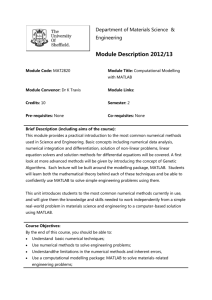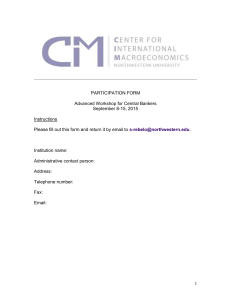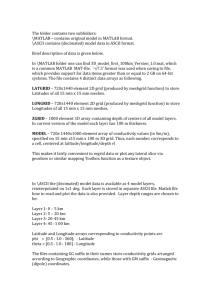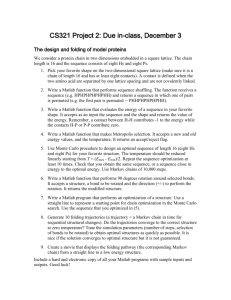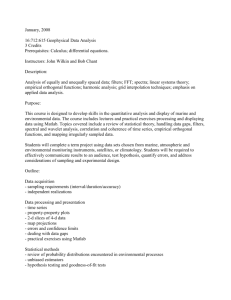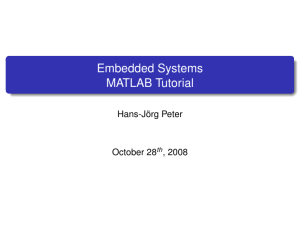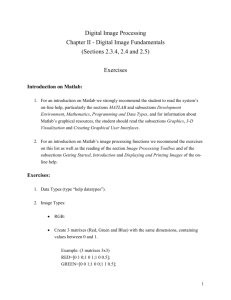Abstract - Behn - Cloudfront.net
advertisement
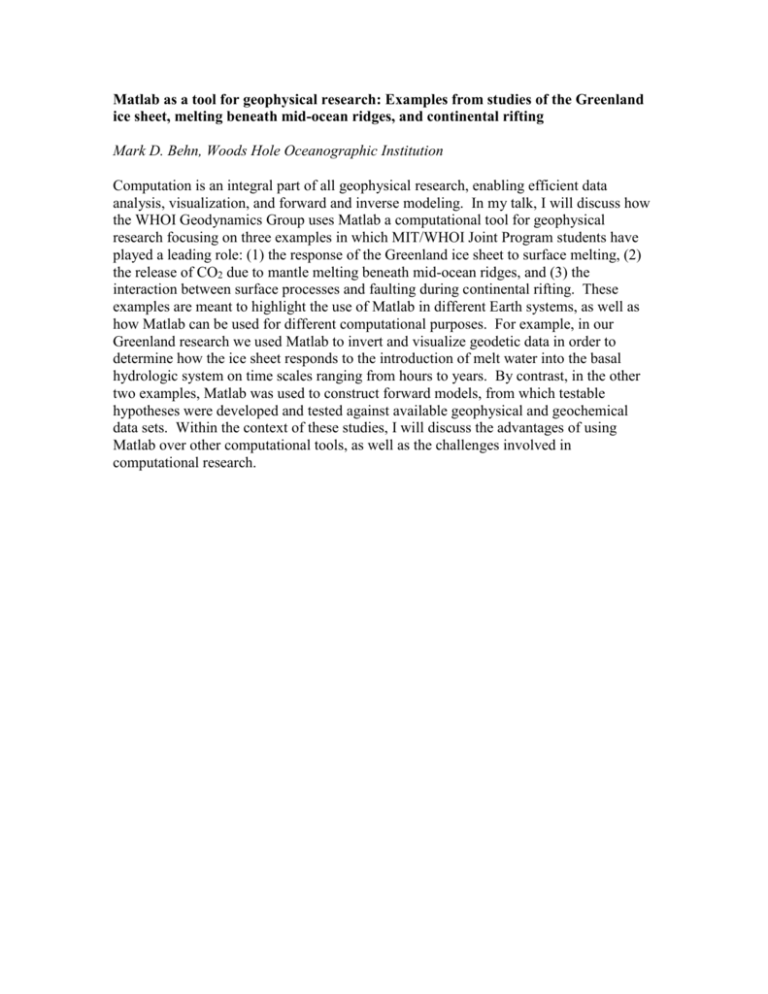
Matlab as a tool for geophysical research: Examples from studies of the Greenland ice sheet, melting beneath mid-ocean ridges, and continental rifting Mark D. Behn, Woods Hole Oceanographic Institution Computation is an integral part of all geophysical research, enabling efficient data analysis, visualization, and forward and inverse modeling. In my talk, I will discuss how the WHOI Geodynamics Group uses Matlab a computational tool for geophysical research focusing on three examples in which MIT/WHOI Joint Program students have played a leading role: (1) the response of the Greenland ice sheet to surface melting, (2) the release of CO2 due to mantle melting beneath mid-ocean ridges, and (3) the interaction between surface processes and faulting during continental rifting. These examples are meant to highlight the use of Matlab in different Earth systems, as well as how Matlab can be used for different computational purposes. For example, in our Greenland research we used Matlab to invert and visualize geodetic data in order to determine how the ice sheet responds to the introduction of melt water into the basal hydrologic system on time scales ranging from hours to years. By contrast, in the other two examples, Matlab was used to construct forward models, from which testable hypotheses were developed and tested against available geophysical and geochemical data sets. Within the context of these studies, I will discuss the advantages of using Matlab over other computational tools, as well as the challenges involved in computational research.



